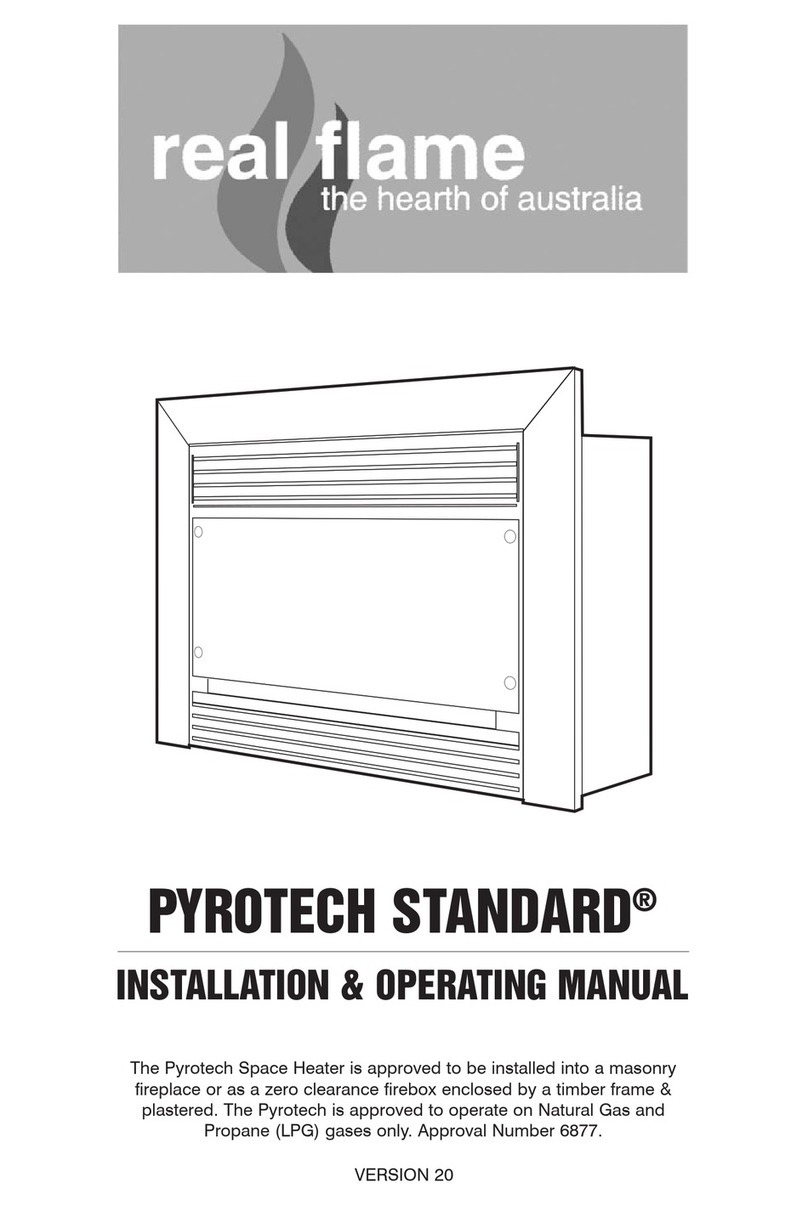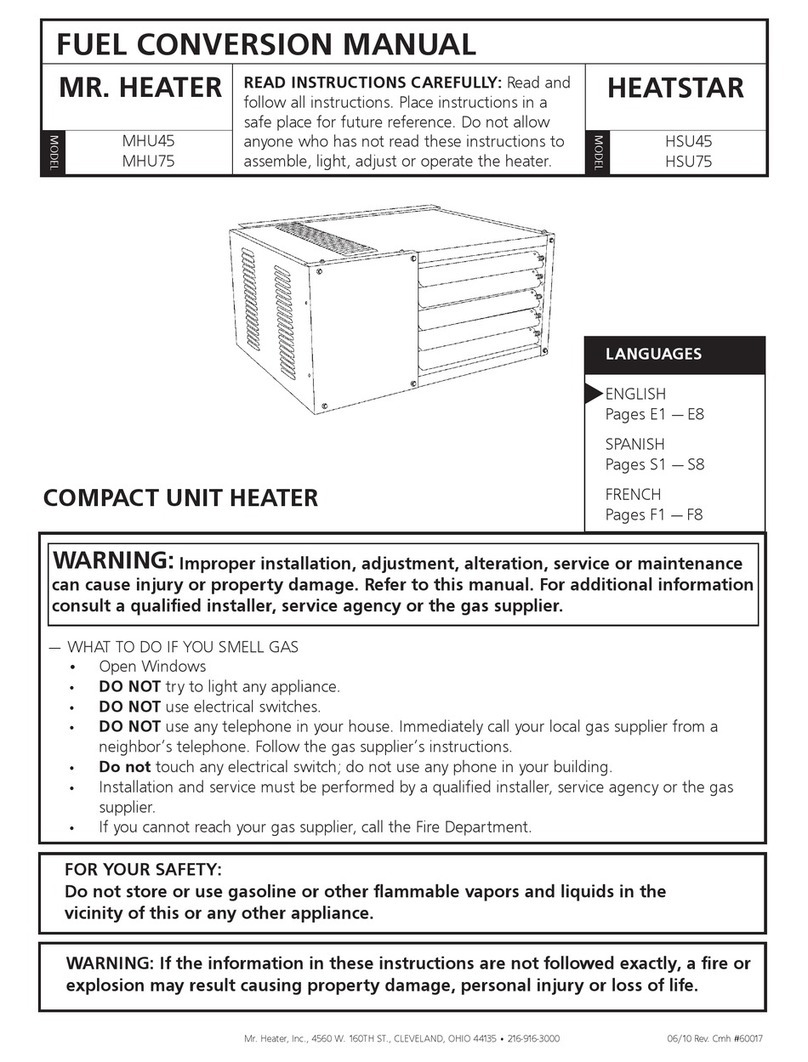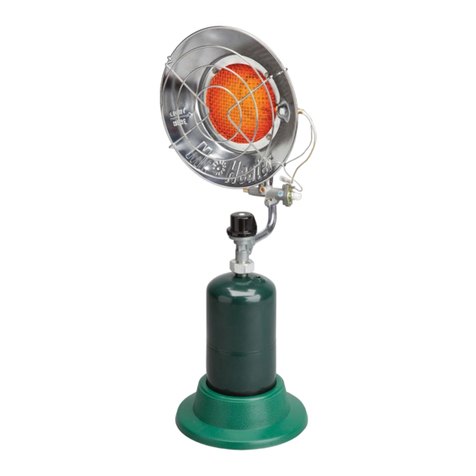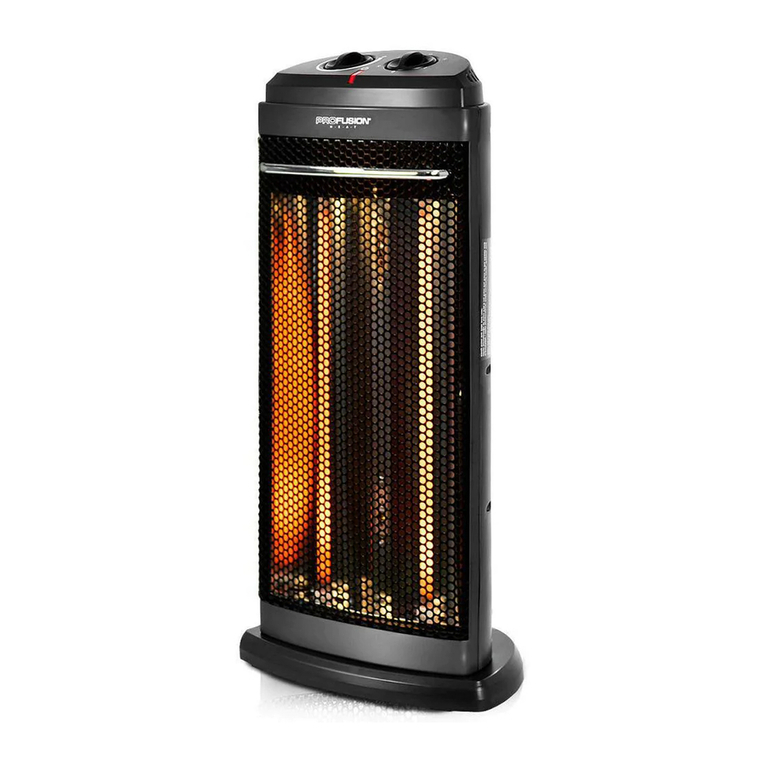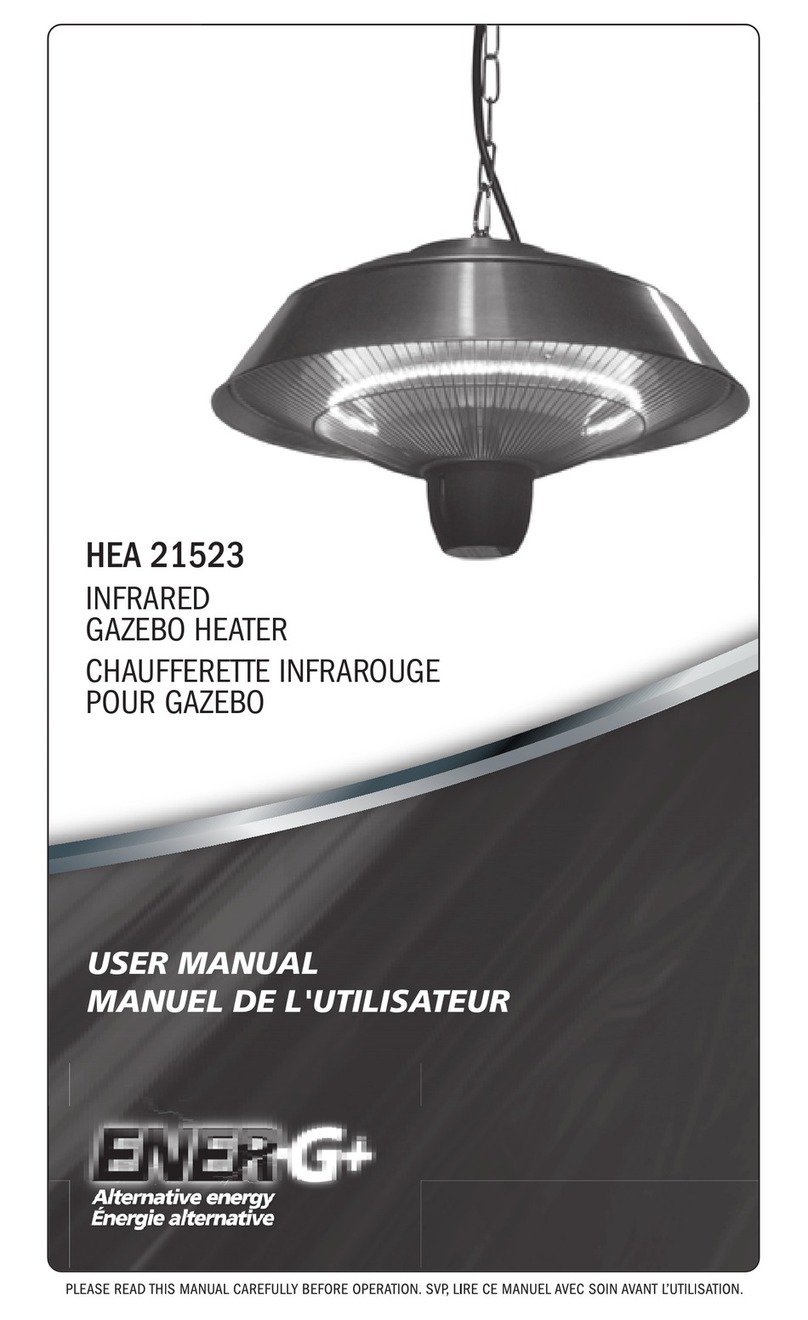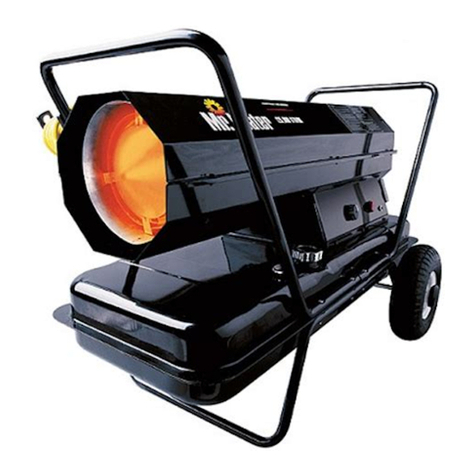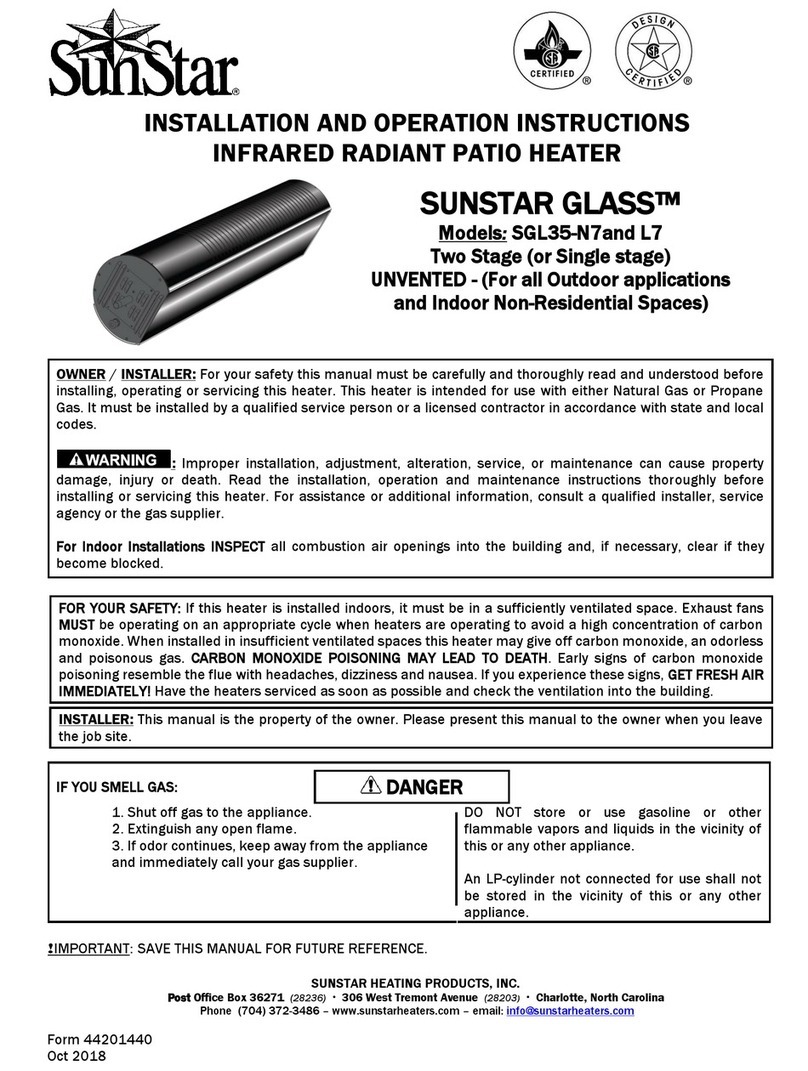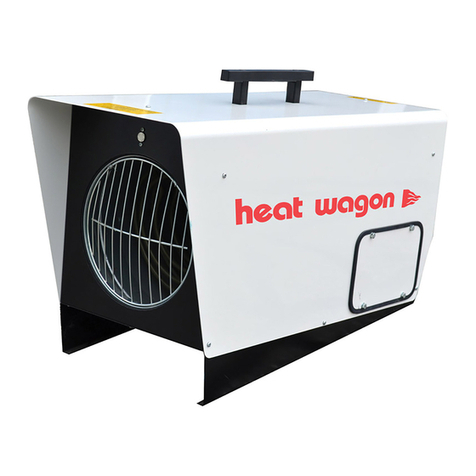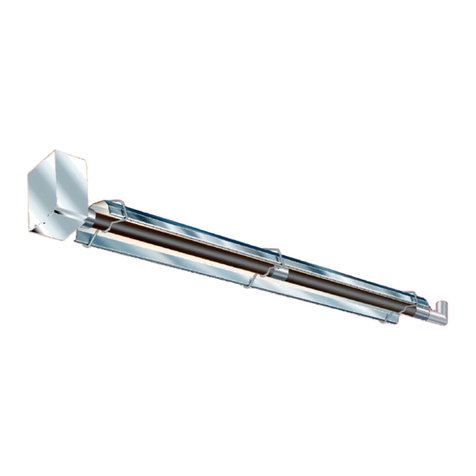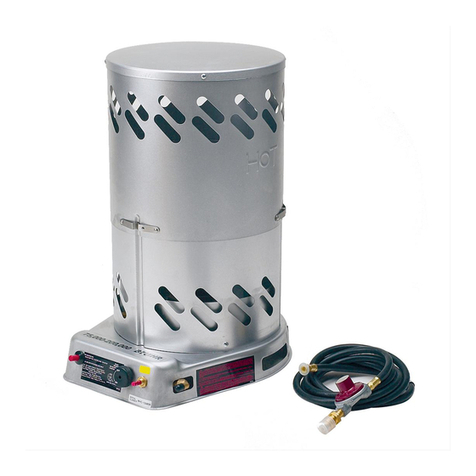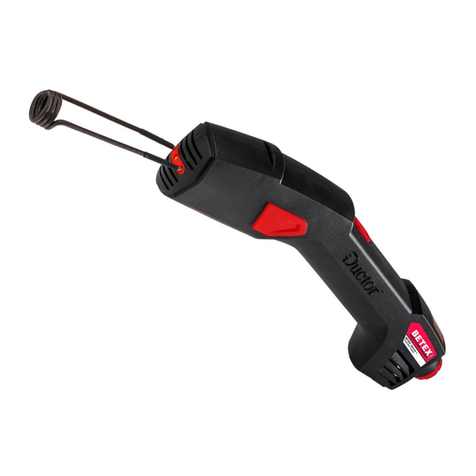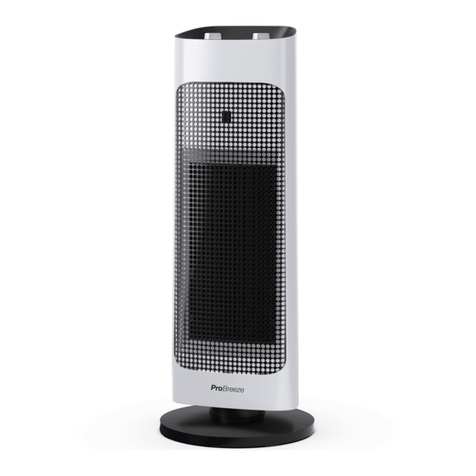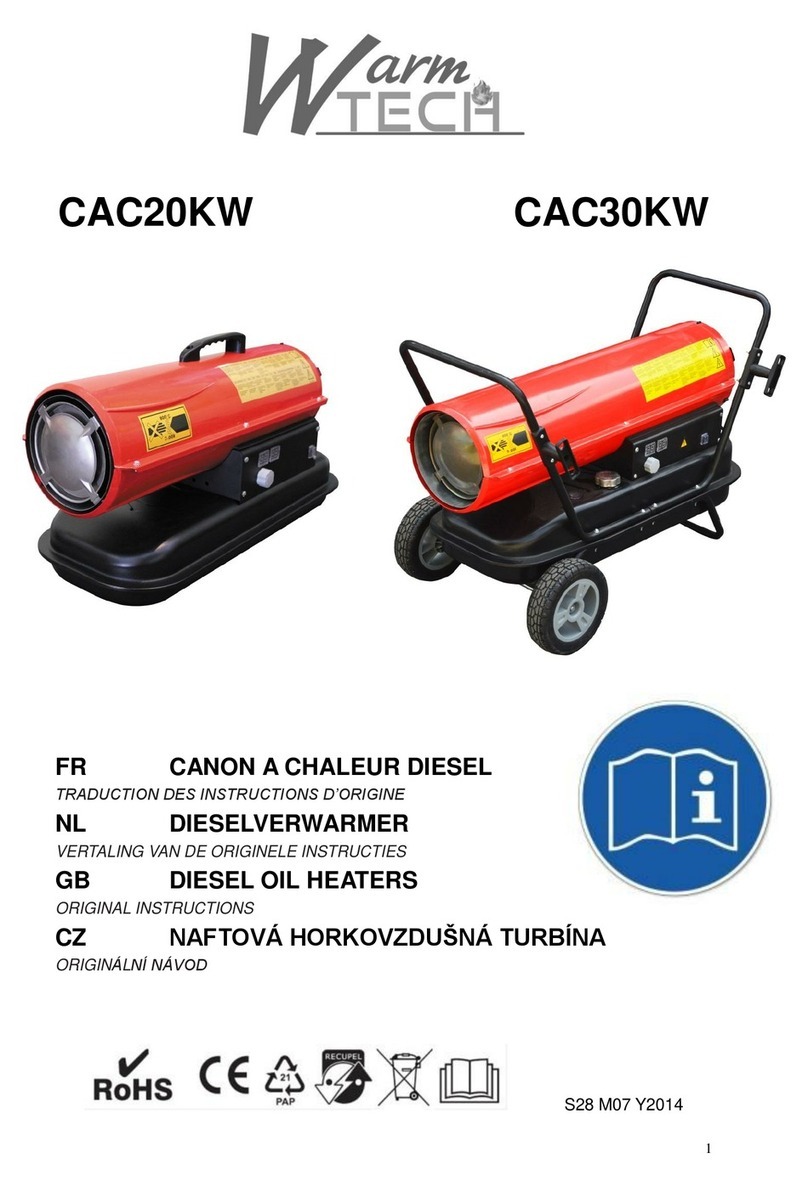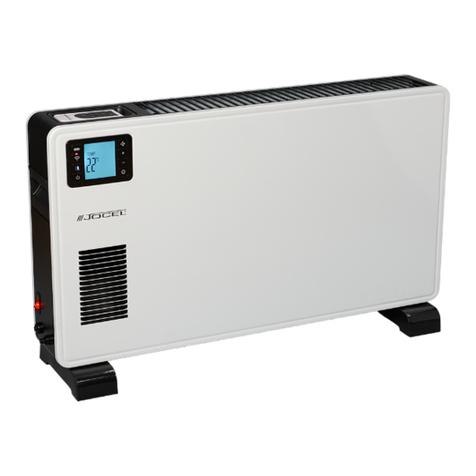5
Table of contents EN
Table of contents............................................................................................................................... 5
1. Safety , warnings and potential hazards...................................................................................... 6
1.1 Explanation of the pictograms ................................................................................................... 6
1.2 Description of potential hazards................................................................................................. 7
1.3 Safety measures to be taken ..................................................................................................... 9
1.4 Safety provisions ....................................................................................................................... 9
2. Introduction ................................................................................................................................. 10
2.1 Application............................................................................................................................... 10
2.2 Operating conditions................................................................................................................ 10
2.3 Principle of operation............................................................................................................... 10
3. Installation ....................................................................................................................................11
4. Explanation of display and keys ............................................................................................... 12
5. The magnetic temperature sensor ............................................................................................. 12
6. Method of operation.................................................................................................................... 13
6.1 Heating a hanging workpiece .................................................................................................. 13
6.2 Heating a horizontal workpiece................................................................................................ 14
6.3 Maximum weights for swivel arm models................................................................................. 15
7. Operation..................................................................................................................................... 16
7.1 Heating in temperature mode (start position of the heater) ...................................................... 16
7.2 Heating in time mode............................................................................................................... 16
7.3 Workpiece installation.............................................................................................................. 17
7.4 Error message......................................................................................................................... 17
7.5 Switching between Celsius and Fahrenheit ............................................................................. 17
8. Cleaning, maintenance and troubleshooting ............................................................................ 18
9. Technical specifications ............................................................................................................. 19
10. Miscellaneous............................................................................................................................ 20
10.1 Warranty conditions............................................................................................................... 20
10.2 Disclaimer.............................................................................................................................. 20
10.3 Waste disposal ...................................................................................................................... 20
11. Certificate of conformity ........................................................................................................... 21
Annex 1. Electrical diagrams.......................................................................................................... 22



















